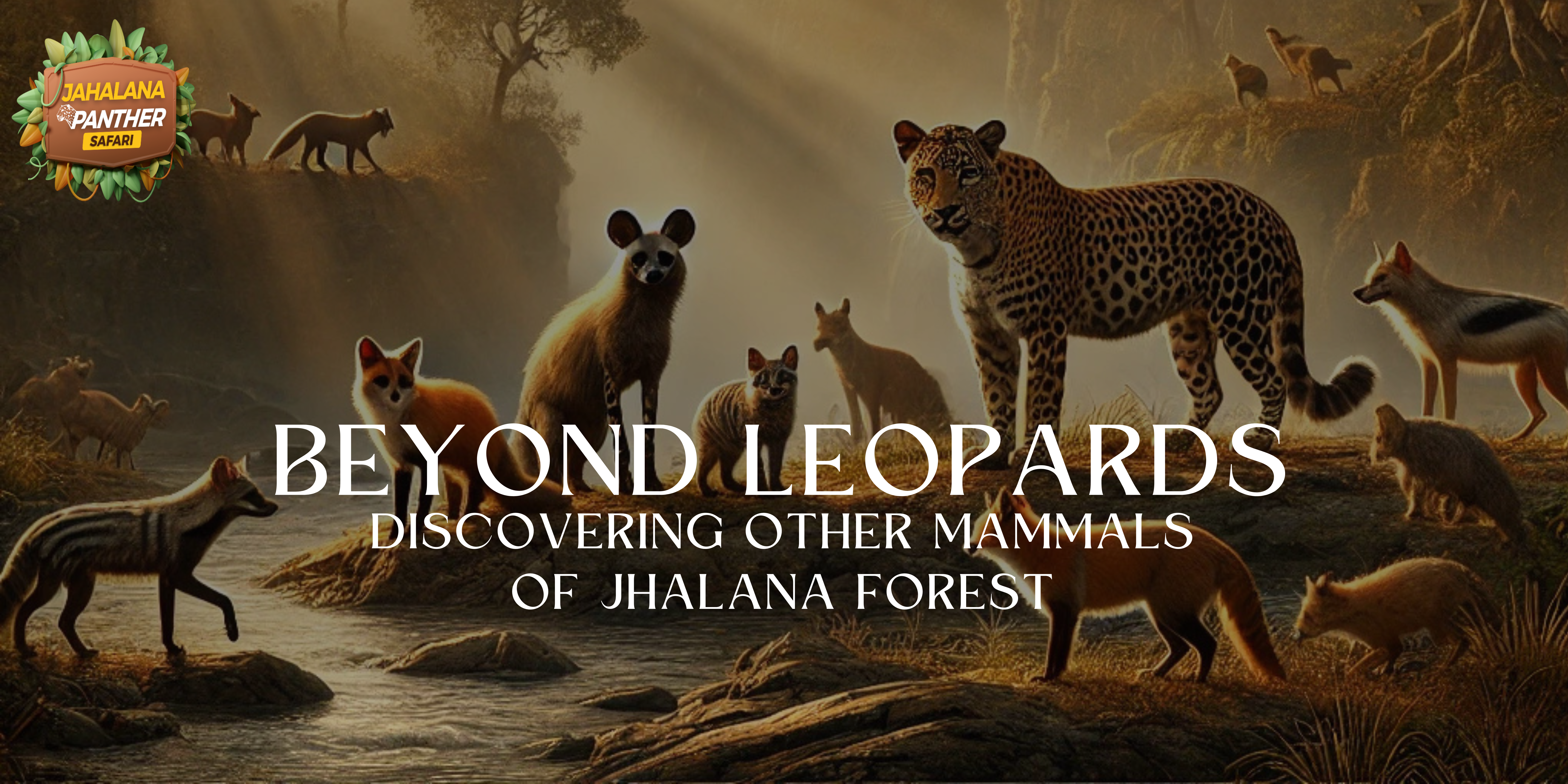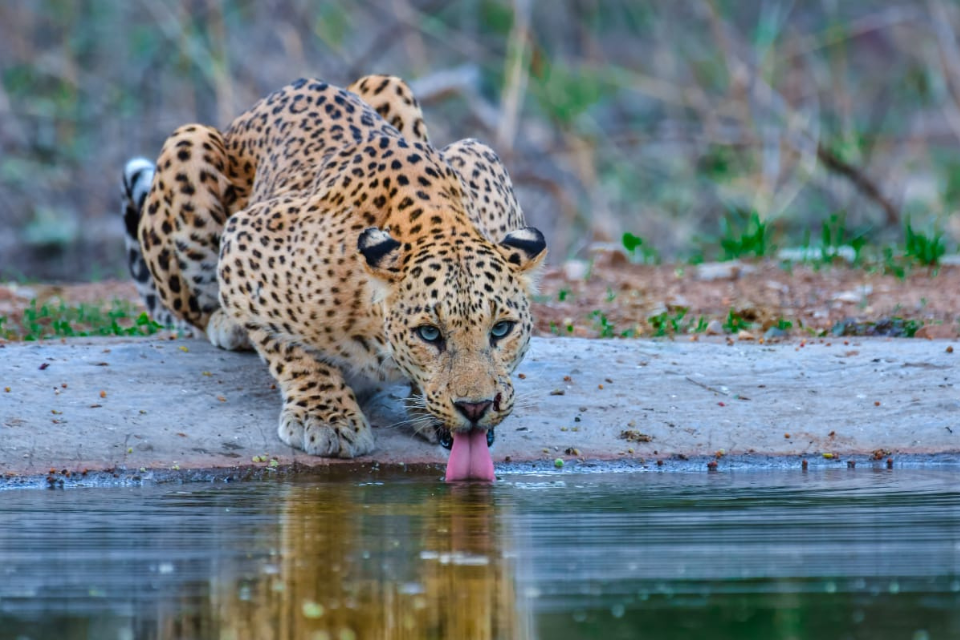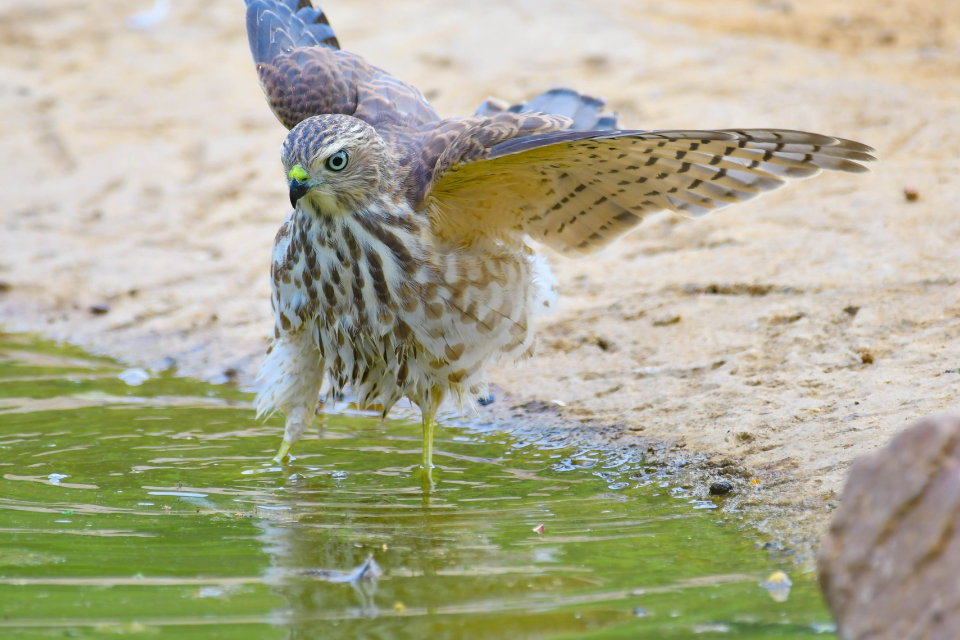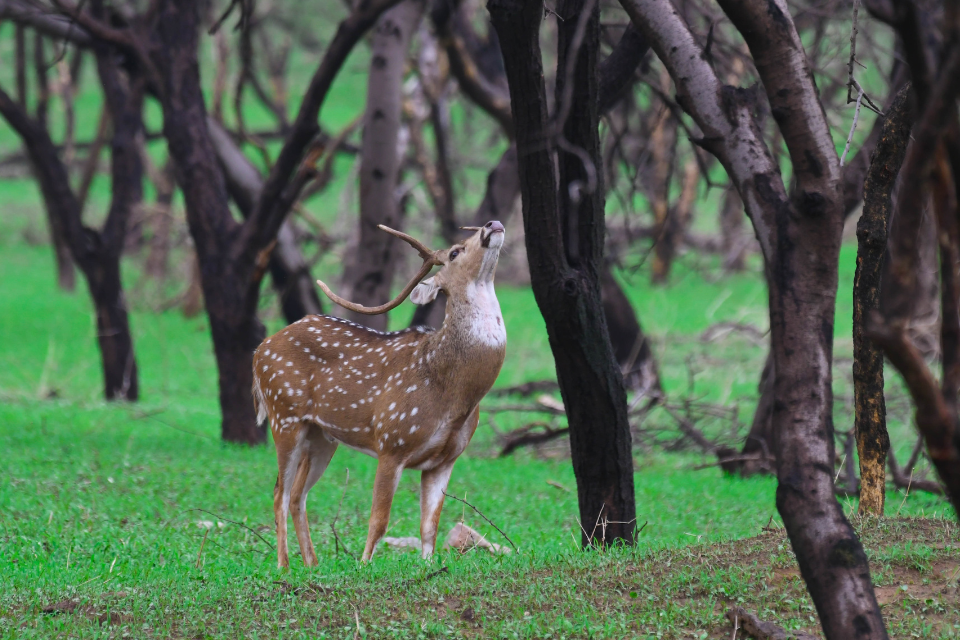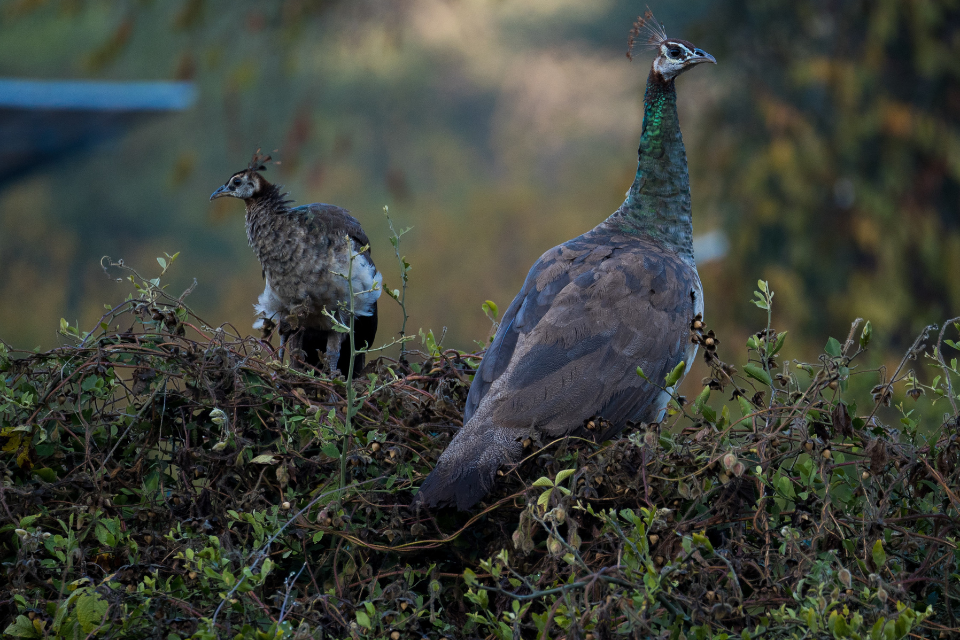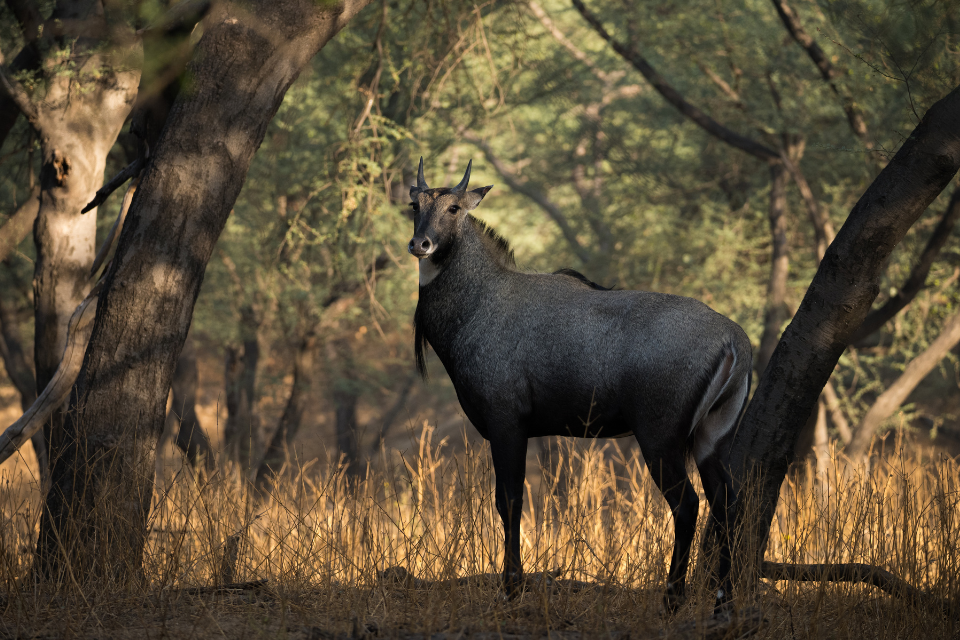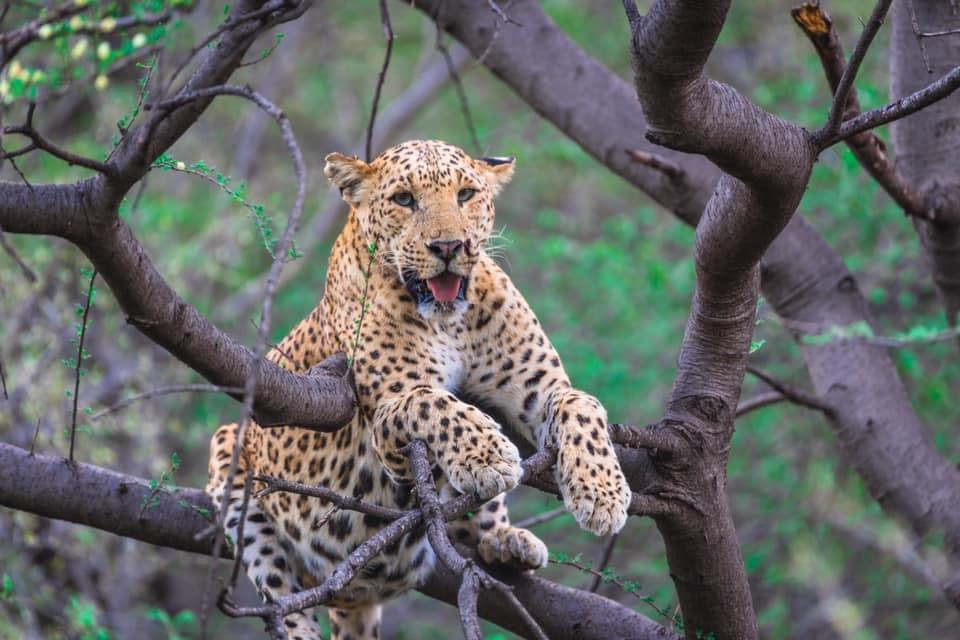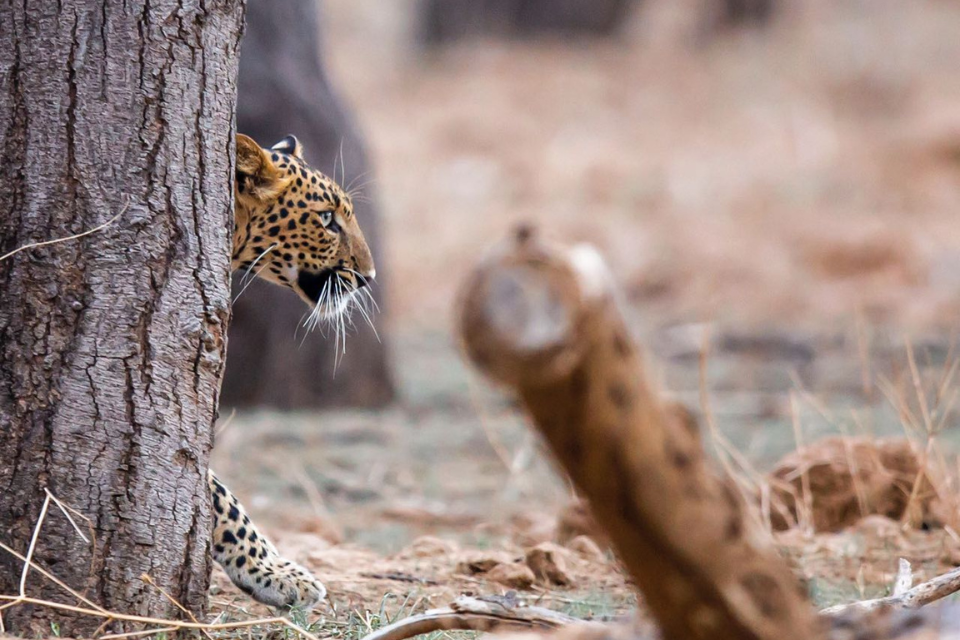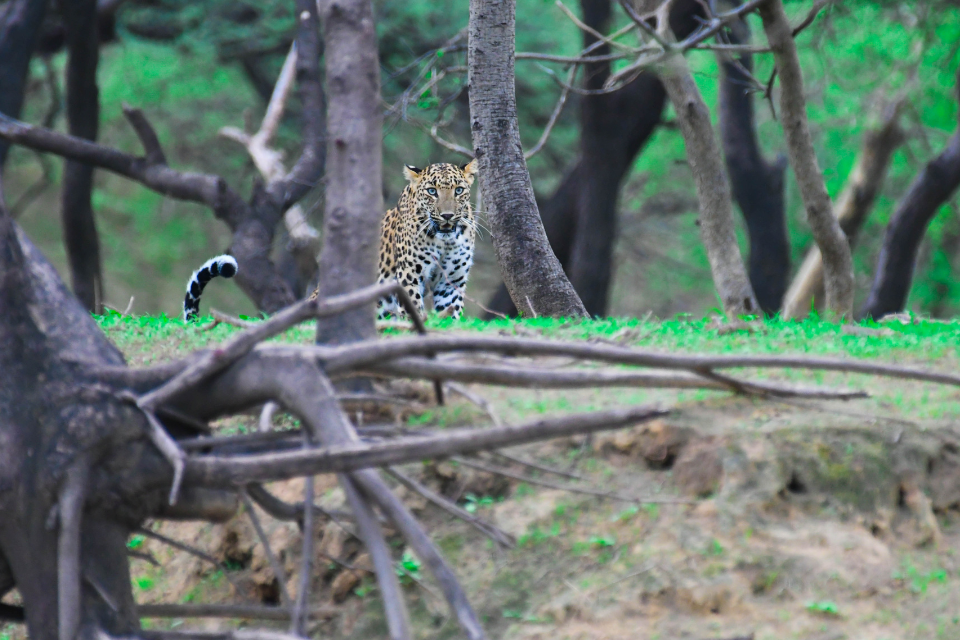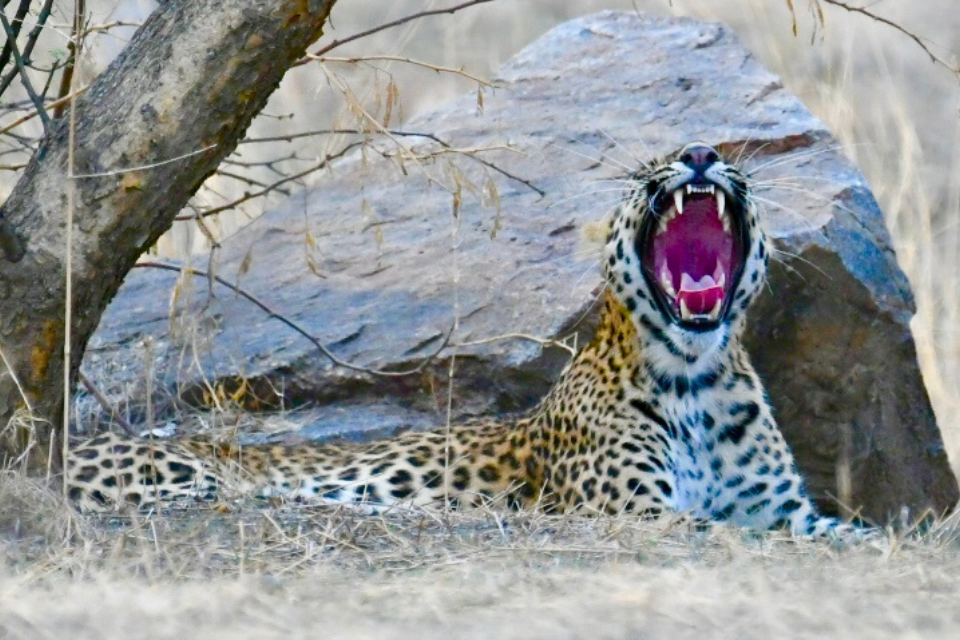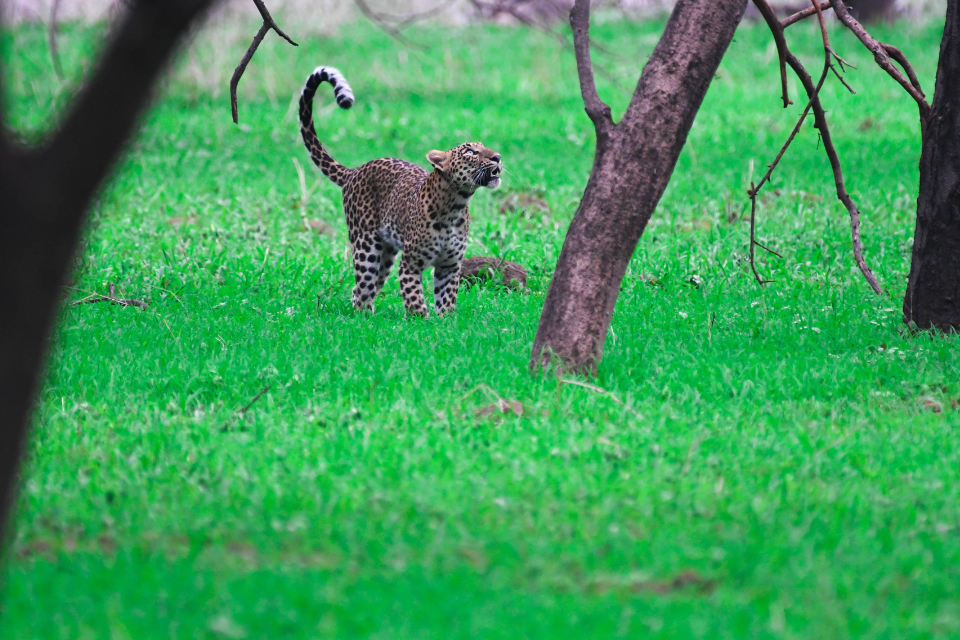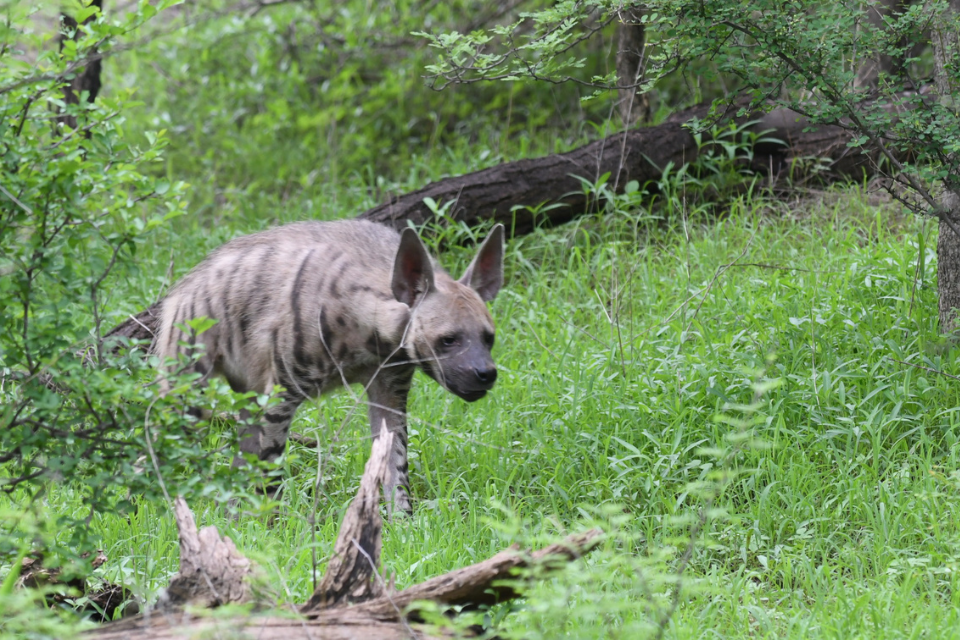- November 20, 2024
Beyond Leopards: Discovering Other Mammals of Jhalana Forest
While leopards are the undeniable stars of Jhalana Forest Reserve, this urban sanctuary is home to an incredible variety of other mammals that contribute to its rich biodiversity. These often-overlooked residents play vital roles in the ecosystem, maintaining balance and offering a deeper appreciation for the wildlife that thrives in this unique habitat. For visitors seeking a holistic wildlife experience, discovering the “supporting cast” of Jhalana is just as thrilling as spotting its iconic leopards.
Key Mammals of Jhalana Forest
- Striped Hyena (Hyaena hyaena):
- Role: Scavengers, cleaning the forest by feeding on carrion.
- Behavior: Nocturnal creatures, often spotted during night safaris.
- Interesting Fact: Hyenas are known for their strong jaws and can crush bones to extract marrow.
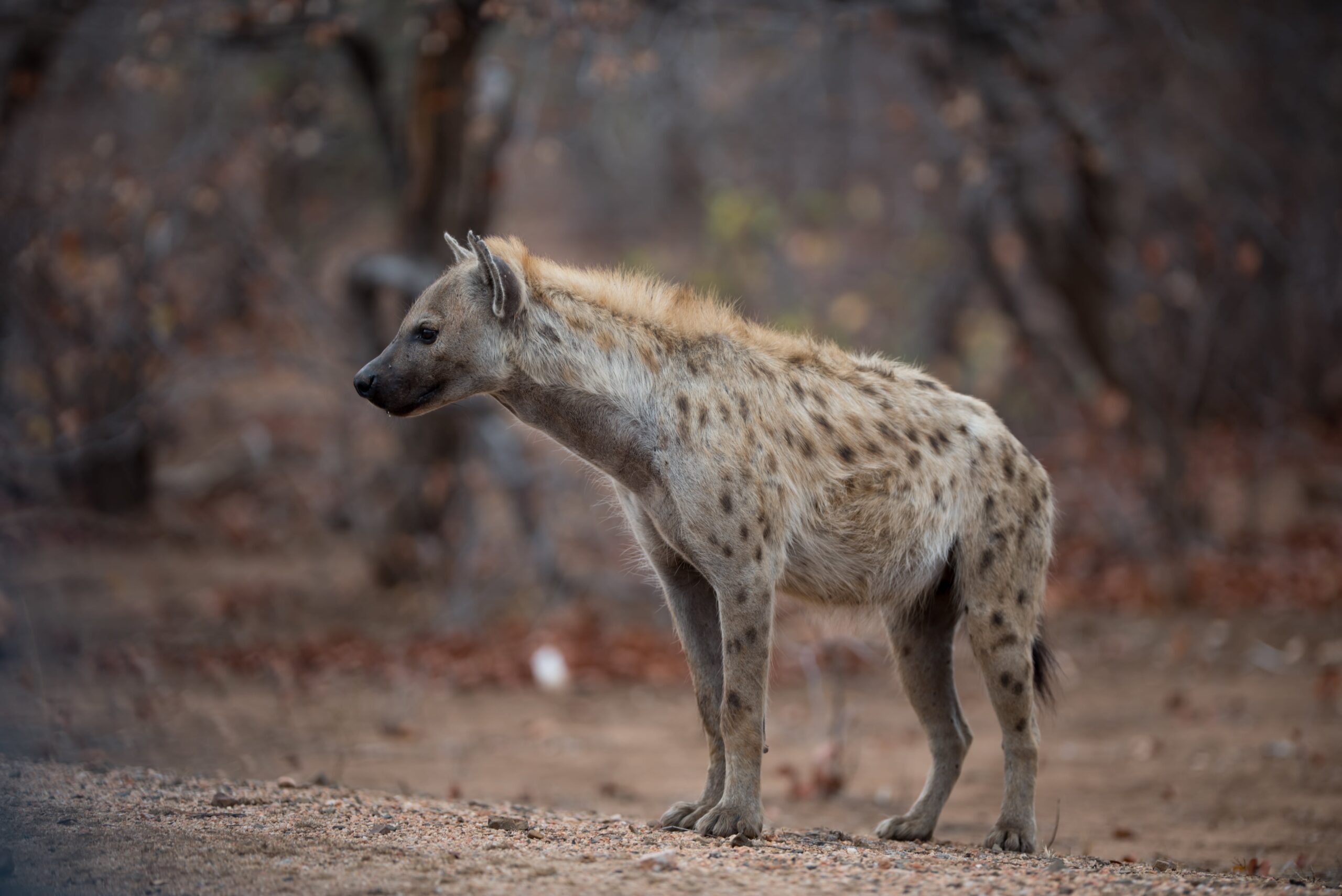
- Golden Jackal (Canis aureus):
- Role: Omnivorous feeders, helping control the population of smaller prey species.
- Behavior: Active during dawn and dusk, they hunt in pairs or small groups.
- Interesting Fact: Jackals are highly adaptable and can survive in a variety of habitats.
- Blue Bull (Boselaphus tragocamelus):
- Role: Largest antelope species in India, contributing to seed dispersal through grazing.
- Behavior: Shy herbivores often found grazing in open grasslands.
- Interesting Fact: Despite their name, only the males develop a bluish-grey coat, while females are brown.
- Indian Palm Civet (Paradoxurus hermaphroditus):
- Role: Seed dispersers, contributing to forest regeneration.
- Behavior: Nocturnal and arboreal, they are often seen near fruiting trees.
- Interesting Fact: Palm civets are famous for their role in producing the world’s most expensive coffee, Kopi Luwak.
- Indian Hare (Lepus nigricollis):
- Role: Prey species for predators like leopards and jackals.
- Behavior: Active at night, they rely on their speed to escape predators.
- Interesting Fact: Hares are solitary and rarely seen in groups.
- Langur (Semnopithecus):
- Role: Vital in seed dispersal and maintaining the forest’s vegetation balance.
- Behavior: Diurnal primates often spotted in social groups near waterholes.
- Interesting Fact: Langurs act as natural alarm systems, warning other animals of predator presence.
- Small Indian Mongoose (Herpestes auropunctatus):
- Role: Predators of snakes, rodents, and insects, helping control their populations.
- Behavior: Highly active and quick, they are often seen darting through the underbrush.
- Interesting Fact: Mongooses are immune to snake venom, making them skilled snake hunters.
- Porcupine (Hystrix indica):
- Role: Burrowers that aerate the soil, improving its quality.
- Behavior: Nocturnal animals that forage for roots and tubers.
- Interesting Fact: Porcupines can release their quills when threatened, deterring predators.
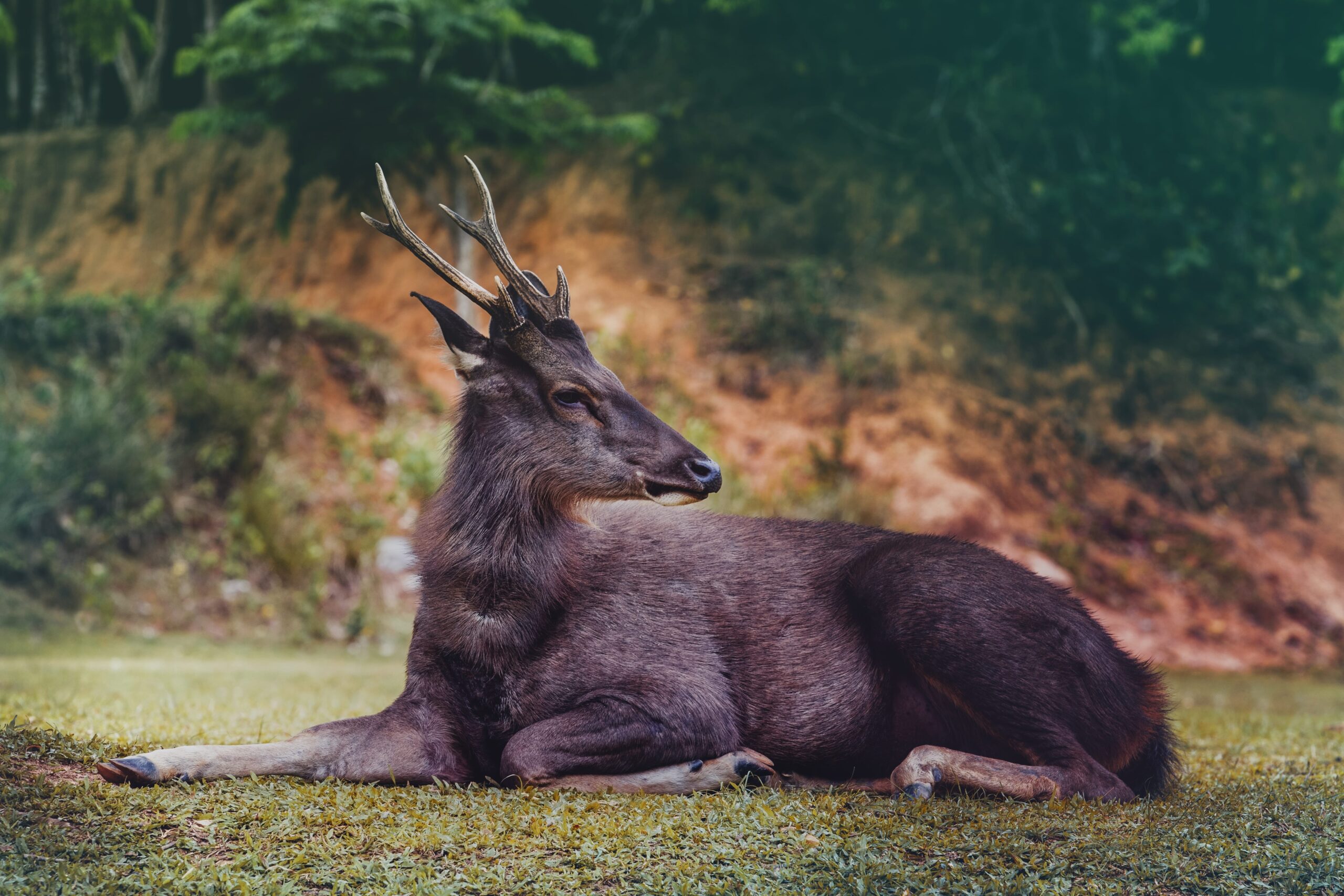
The Role of Mammals in Jhalana’s Ecosystem
- Food Web Maintenance:
- Prey species like hares, langurs, and blue bulls sustain predators such as leopards, jackals, and hyenas.
- Seed Dispersal:
- Mammals like langurs, civets, and blue bulls help propagate plants by dispersing seeds across the forest.
- Ecosystem Cleanup:
- Scavengers like hyenas and jackals prevent the buildup of carrion, keeping the forest clean and reducing disease risk.
- Soil Enrichment:
- Burrowing animals like porcupines aerate the soil, promoting plant growth and maintaining soil health.
How to Spot These Mammals
- Early Morning or Late Evening Safaris:
- Many mammals are most active during these cooler parts of the day, increasing the chances of sightings.
- Near Waterholes:
- During summer, animals congregate near water sources, making it easier to observe them.
- Listening for Alarm Calls:
- Prey species like langurs and deer give alarm calls when predators are nearby, signaling activity in the area.
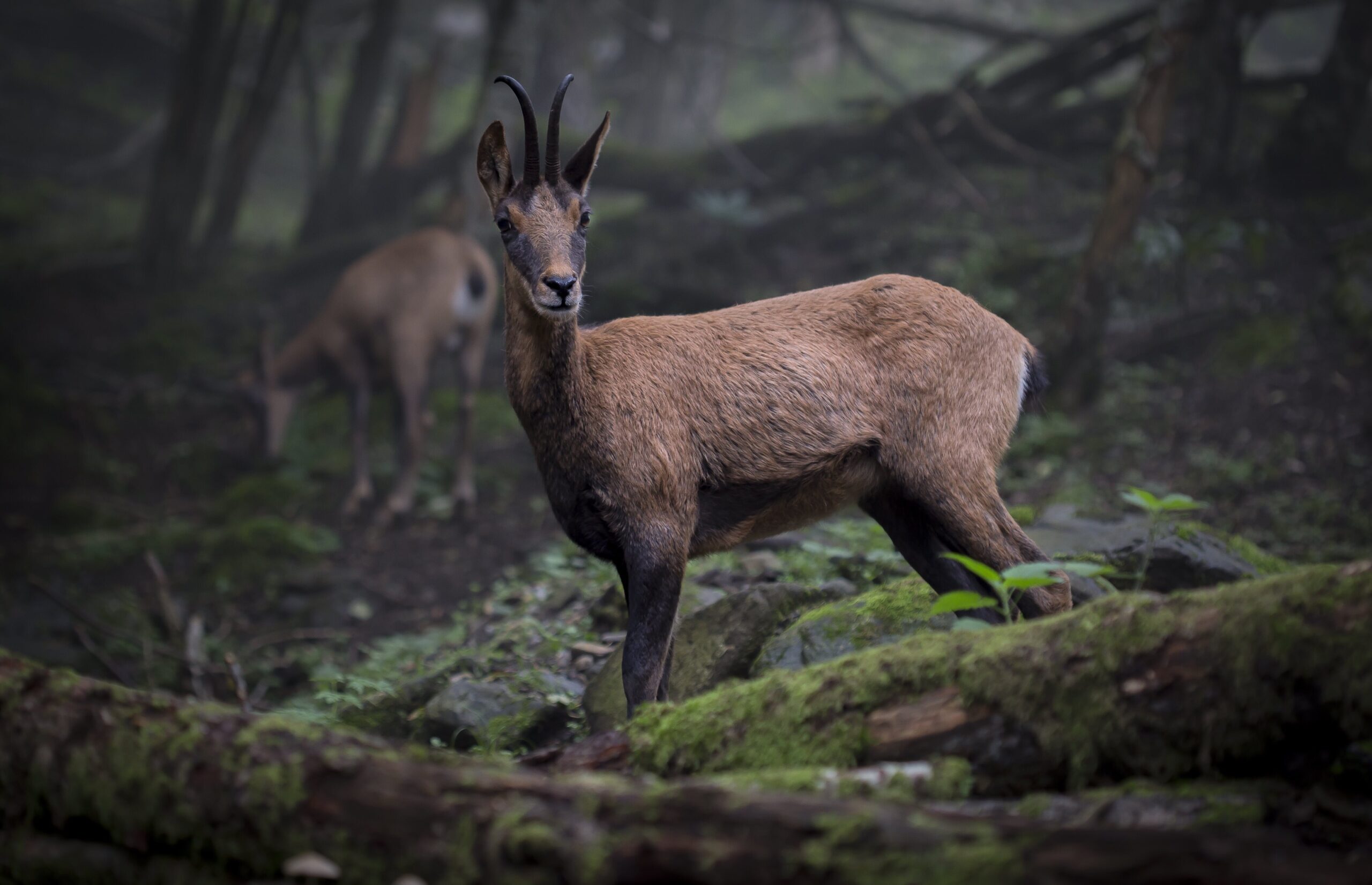
Challenges Facing Jhalana’s Mammals
- Habitat Loss:
- Urban encroachment reduces the available space for mammals, forcing them into smaller territories.
- Human-Wildlife Conflict:
- Animals venturing into nearby residential areas face threats from humans who perceive them as dangerous.
- Tourism Pressure:
- Increased tourism activity can disturb the natural behavior of shy species like civets and hares.
- Climate Change:
- Changes in rainfall patterns and rising temperatures impact the availability of food and water for many species.
Conservation Efforts for Mammals
- Habitat Restoration:
- Planting native trees and protecting waterholes ensures mammals have access to food and shelter.
- Monitoring Populations:
- Camera traps and surveys help researchers understand the distribution and behavior of lesser-known species.
- Community Involvement:
- Educating locals about the importance of all species, not just leopards, fosters a sense of responsibility toward conservation.
- Eco-Tourism Regulations:
- Limiting the number of safari vehicles helps reduce disturbances to the forest’s mammals.
Enhancing Visitor Experiences
- Guided Mammal Spotting Tours:
- Specialized tours focusing on the lesser-seen mammals of Jhalana can provide visitors with a richer understanding of the forest’s biodiversity.
- Educational Programs:
- Workshops and nature walks can teach visitors about the ecological roles of these mammals.
- Photography Opportunities:
- Encouraging photography of non-predator species promotes appreciation for the entire ecosystem, not just its apex predators.
Conclusion
Jhalana’s leopards may take center stage, but its other mammals are equally important in maintaining the forest’s balance. From the agile langurs to the resourceful jackals, each species contributes to the health and vibrancy of this unique ecosystem. Exploring beyond leopards allows visitors to experience Jhalana in its full glory, fostering a deeper connection to nature and its interconnected wonders.
Disclaimer All images used in this blog are either sourced from public domain or credited to their respective owners. If you are the copyright holder of any image and wish to request its removal or proper attribution, please contact us at [email protected]
